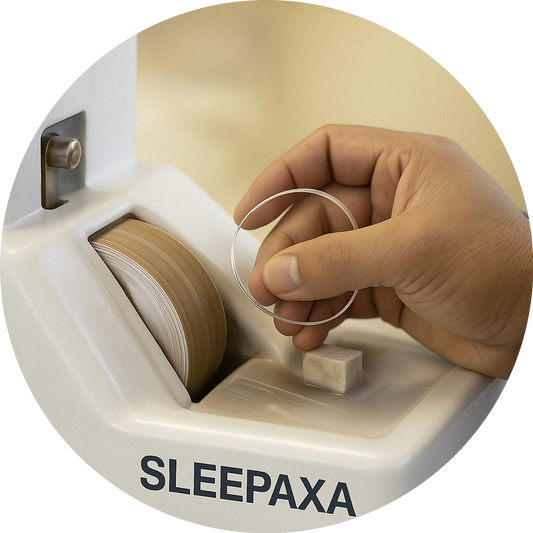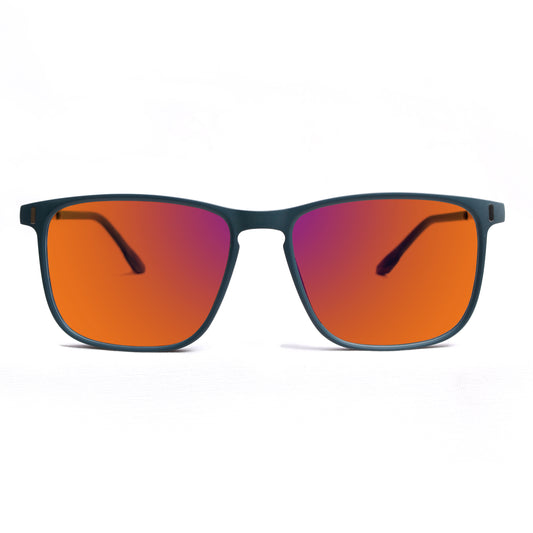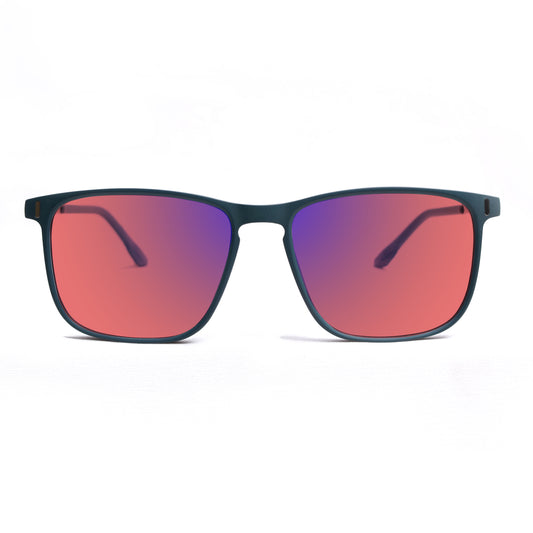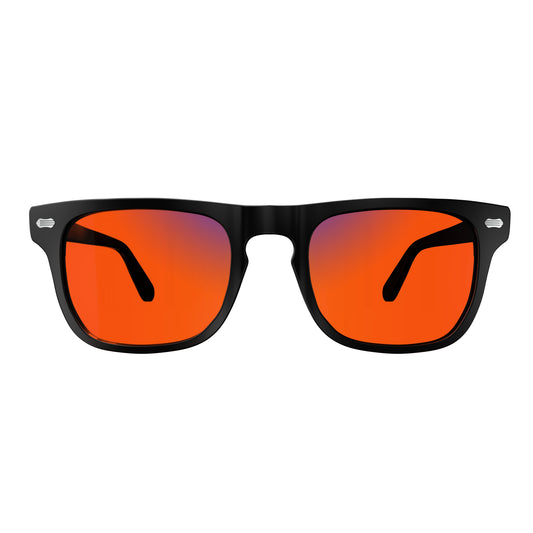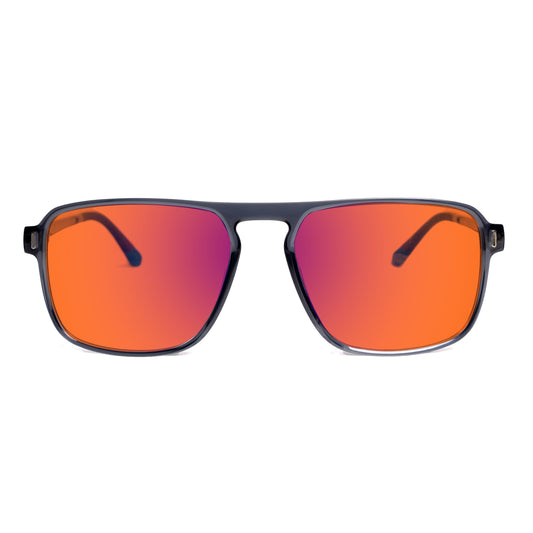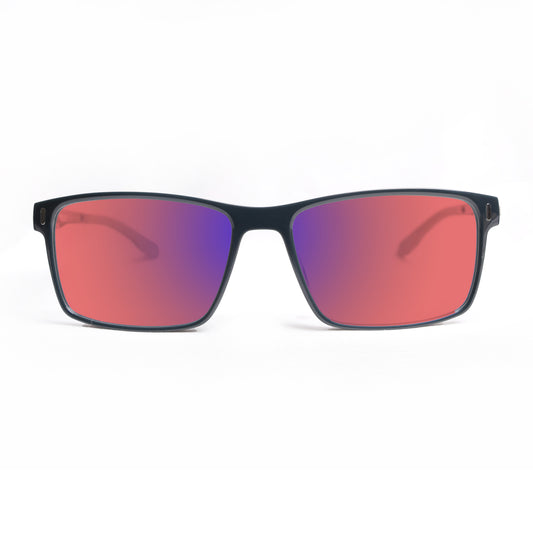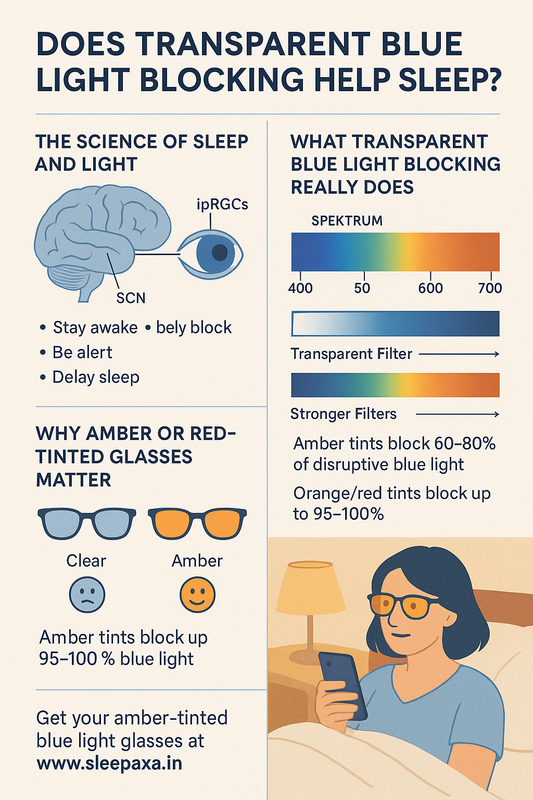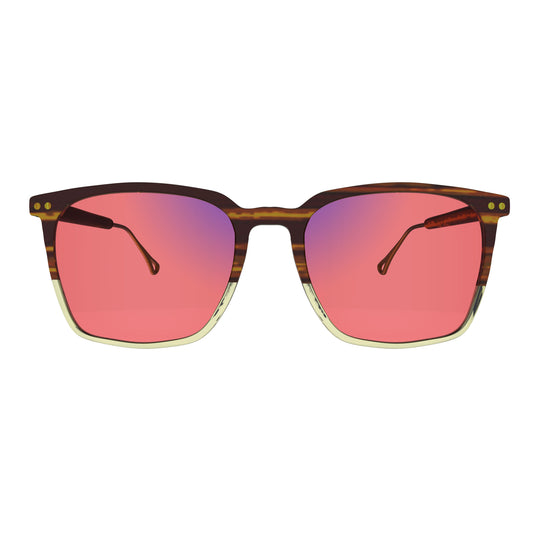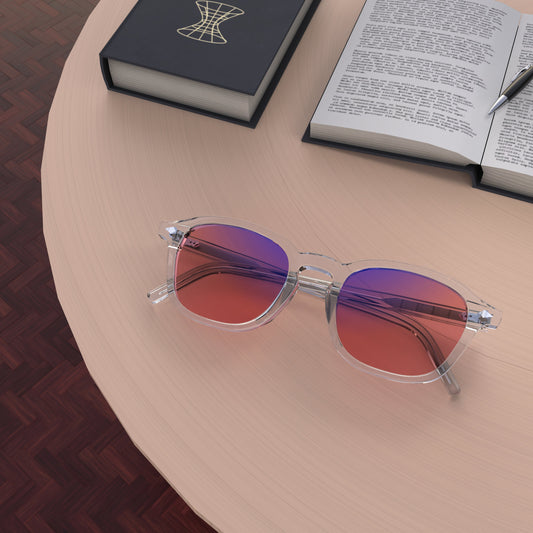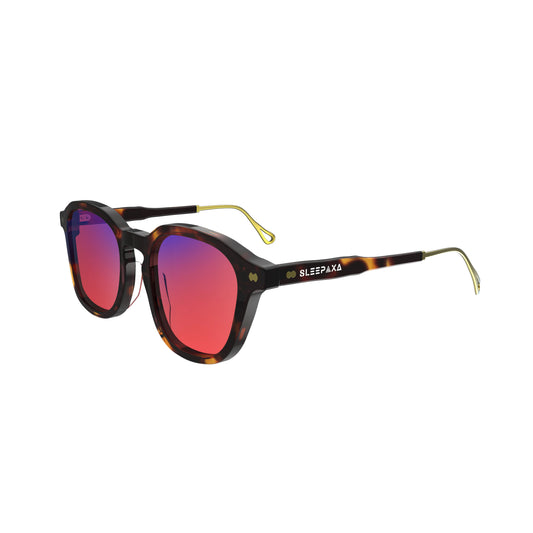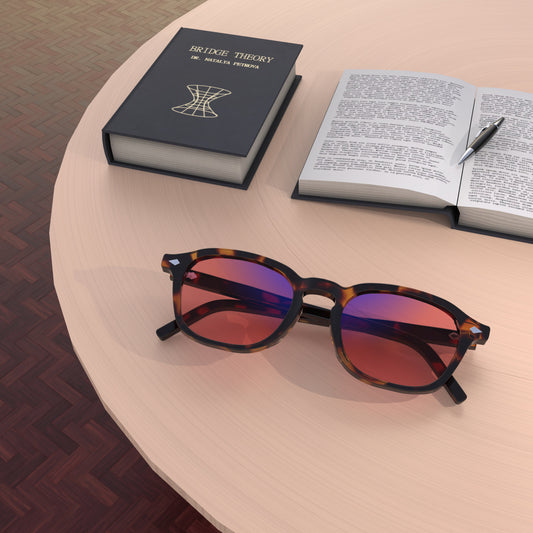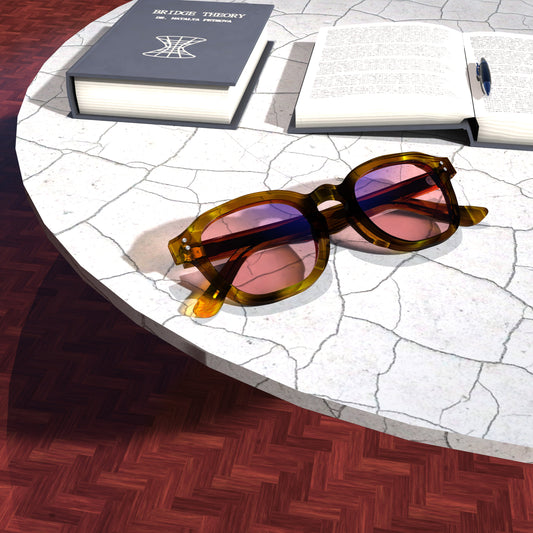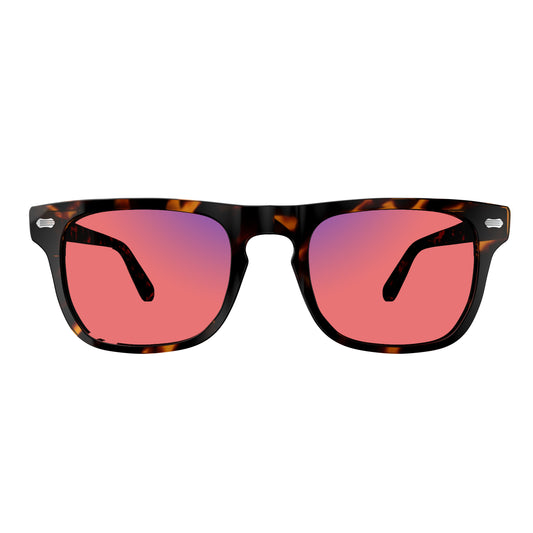MIGRAINE IN FOCUS : LIGHT SENSITIVITY & VESTIBULAR MIGRAINE
Imagine a stage where migraine takes center of limelight.
It is like watching their performance, Performance where light shines too bright, causing discomfort to waves going through our senses.
This guide provides personal insights and practical tips for understanding vestibular migraine and light sensitivity. It also includes strategies for effectively managing these conditions.

Vestibular migraine and light sensitivity :
• Vestibular migraine is type of migraine that is associated with vertigo , balance disturbance and spinning . light sensitivity also called photophobia is a common symptom of migraine headache , including vestibular migraine.
Vestibular migraine cause light sensitivity . people with migraine have less tolerance for lights . then may feel more bright light and painful . people with vestibular migraine may experience increased in light sensitivity which may worsen their symptoms .
• We don't fully understand why some people become sensitive to light, especially during vestibular migraines. During headaches, parts of the brain that handle vision become more active and sensitive, causing increased sensitivity to light.
• While avoiding light altogether may be helpful during a severe episode , you should not make a habit of it . light avoidance can lead you to become more dark adapted . you can also try light sensitivity glasses , which block the bad light and allows the good light reaches to our eyes .
Bright and flickering lights is a prominent trigger for attacks and symptoms of migraine . That’s why , managing light exposure during an attack may help to reduce the frequency of vestibular migraine . more than 90% of people reported that negative or painful reaction to lights during their vestibular episodes and they may feel discomfort under bright lighting .
Symptoms
· Vertigo or dizziness : this is most common symptom , where people feel as if they are or their surrounding are spinning , rocking , floating , lightheadedness
· Balance disorder or unsteady : people with vestibular migraine have trouble in maintaining their balance . Feelings of giddiness or wooziness, along with spinning, may accompany it.
· Nausea and vomiting : common triggers of migraine in general , but they may be specific prominent in vestibular migraine .
· People with vestibular migraine may be sensitive to light, motion, and sound, similar to traditional migraines. Bright lights, loud sounds, and motion can trigger attacks. You can pronounce it during travel or while watching moving objects or scenes.

{Image Source freepik}
· Headache: Some people may get a headache during or after a vestibular migraine, but others may not have any headache pain. the headache pain can be varying intensity and duration .
· Problem in ears : people might experience ringing or other sounds in their ears which called tinnitus . people also feel sensation of pressure or fullness in one or both ears .
· Disturbance in vision : people might experience blurry vision , seeing aura or patterns are possible during vestibular medical conditions
· Difficulty in concentrating or memory issues can occur during episodes known as cognitive disturbance .
· Eye strain : exposure to bright light can lead to eye strain and worsen the headache and cause difficulty in vision . people may instinctively squint or shield their eyes from lights to reduce discomfort .

(Image by pvproduction freepik)
· Anxiety : attacks of vestibular symptoms can be distressing and may lead to feeling frustration , tired and exhausted .
Treatment
Dimming the lights can help with vestibular migraines by making artificial or natural light less bright, reducing discomfort. you can reduce light sensitivity by wearing FL-41 Tinted Migraine Glasses offer by many brands such as Sleepaxa in indoors , using dimmer switches or curtains .
Wearing sunglasses with polarized or tinted lenses can reduce how much light reaches our eyes, making it less harsh. these type of glasses provide relief from light sensitivity during a vestibular migraine attack .
Avoid digital screens like computers, TVs, and smartphones to reduce light sensitivity during migraines. Blue light from screens can worsen headaches.
Rest in a dark, quiet room to help symptoms go away. Having minimal noise and light is best for feeling better. Include relaxation exercise and stress management techniques which help to reduce the vestibular migraine attacks and photophobia .
• Before starting any treatment you should consult your healthcare professional doctors who provide you better guidance and suggestions .
• Stay hydrated ( drink lots of water)
• Experts suggest getting regular eye exams to check for any eye conditions that could be causing sensitivity to light.
Diet and nutrition
Misery in head triggers and intensity can vary from person to person . To reduce vestibular migraine and photophobia, eat healthy, drink water, manage stress, and maintain a healthy lifestyle.
Some foods trigger migraines.
Most caffeinated beverages like coffee, tea, and certain sodas contain caffeine, which people can avoid.
Chocolate : chocolate contains both caffeine and tyramine which triggers the symptom of splitting headache .
Alcohol : alcohol , particularly red wine , beer , and certain spirits can worsen the situation .
Dairy products : dairy product like aged cheese , due to their tyramine content can cause the migraine .
Fermented foods like sauerkraut and kimchi can trigger migraines because they have high levels of histamine.
Citrus fruits : citrus fruits like orange , lemon , grapefruits are acidic fruits which may cause the vestibular migraine .
Avoid artificial sweeteners, high sodium foods, and spicy foods. Certain nuts and seeds like peanuts, almonds, and sesame seeds contain high levels of tyramine and may trigger migraines. Keep a food diary as triggers can vary from person to person.
• Managing vestibular migraine and light sensitivity is much easier when following the proper diet and nutritional recommendations
• Here are some recommendations
Stay Hydrated drink plenty of water ,avoid alcohols and caffeine
Eat balanced meals with fruits, vegetables, carbs, lean proteins, and healthy fats. Eat regularly throughout the day.
Eat foods high in magnesium like green leafy vegetables, nuts, seeds, whole grains, and fish. Also, include Omega-3 Fatty Acids found in chia seeds, fatty fish, and walnuts. These foods have anti-inflammatory properties that can help reduce symptoms and frequency of inflammation.
Eat less salty foods to prevent dehydration and migraines. Eat whole foods, chew slowly, and eat mindfully to prevent overeating and digestive issues that may cause migraines.
If you're unsure about the diet you should follow as well as nutritional factors and need personalized guidance, consult with a healthcare professional or a registered dietitian who can provide you proper guide.
Conclusion
Fear not, dear readers, let's enter into the spotlight with vestibular migraine and light sensitivity. start your journey considering that you are not alone, armed with knowledge and right strategies.
With determination and the right tools, you can turn light sensitivity and vestibular migraine into moments of strength and calm.
You can also Invest in quality of fl-41 tinted eyewear to protect your eyes from harmful blue light.
